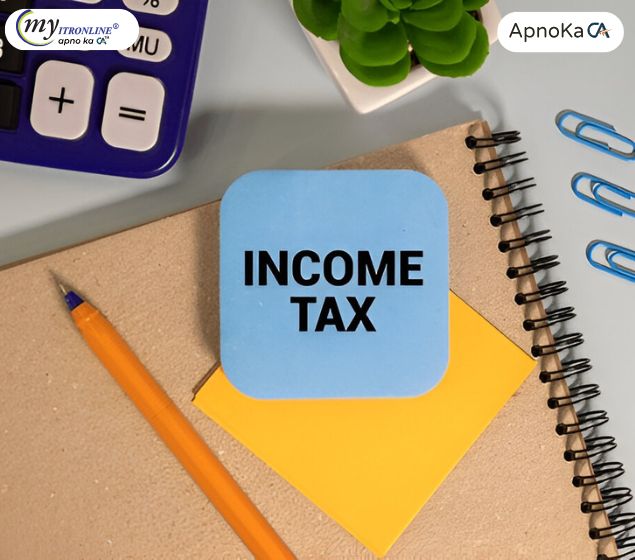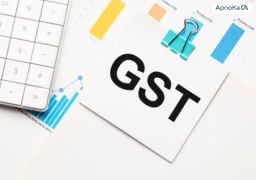# mutualfund
7 posts in `mutualfund` tag
.jpg)
Tax Smart: Your Easy Guide to Capital Gains in India
This blog provides a simple and easy-to-understand guide to Capital Gains Tax rates in India for various assets like shares, mutual funds (debt & equity), gold, and property, differentiating between short-term and long-term gains.

India Capital Gains Tax FY 2024-25: Shares & Mutual Fund STCG/LTCG Rates
This post details the taxation rules for capital gains from shares and equity mutual funds in India for FY 2024-25 (AY 2025-26). It explains the crucial changes effective July 23, 2024, including updated STCG and LTCG tax rates, revised exemption limits, holding period classifications, dividend taxation, and reporting requirements in ITR forms.

Short-Term Capital Gains Tax Explained (India 2025): 15% vs Slab Rate
This post explains Short-Term Capital Gains (STCG) tax in India for 2025 (FY 2024-25 & 2025-26). It defines capital assets, details holding periods for STCG classification (e.g., <=12 months for listed equity, <=24 months for property, <=36 months for others), explains STCG calculation, outlines tax rates (15% under Sec 111A for STT-paid equity/EOF vs. slab rates for other assets), and covers loss set-off/carry forward rules and ITR reporting.

Shares, MF & Property Capital Gains: Reporting Guide for ITR AY 2025-26 (New Rules)
This blog post details how to report capital gains from shares, mutual funds, and property in the Income Tax Return (ITR) for Assessment Year 2025-26 (Financial Year 2024-25). It explains the classification of gains (STCG/LTCG), calculation methods considering grandfathering, the significant impact of the Finance (No.2) Act 2024 changes effective July 23, 2024 (including curtailed indexation and revised tax rates), set-off rules, and specific ITR schedules (like CG and 112A). It also covers capital gains exemptions and emphasizes reconciliation with AIS/TIS.

All You Need to Know About Short-Term Capital Gains and Tax Reforms in 2024
Selling assets such as stocks, mutual funds, or real estate during a brief holding period results in short-term capital gains, or STCG. The STCG taxation regulations, their effects, and the most recent revisions for 2024 are examined in this blog. Stricter crypto transaction monitoring, simplified ITR forms, updated STT rates, and improved reporting for high-value transactions are among of the major changes. Discover how to compute STCG, comprehend tax ramifications, and investigate methods for efficiently reducing tax obligations.
.png)
Understanding TDS: An In-Depth Look at Section 194F
An extensive summary of Section 194F of the Income Tax Act in India can be found in this blog post. It describes the main points, the methodology used to compute TDS for various forms of income, and how it affects investments in mutual funds. The blog also covers investor tax preparation techniques and exemptions.

ELSS vs PPF: Which Tax-Saving Option is Better?
The article "ELSS vs PPF: Which Tax-Saving Option is Better?" compares two popular tax-saving investments in India: Equity Linked Savings Scheme (ELSS) and Public Provident Fund (PPF). ELSS invests in equity markets, offers tax benefits under Section 80C, has a three-year lock-in period, and potentially higher returns subject to market risks. Returns above Rs. 1 lakh are taxed at 10%.
PPF, a government-backed savings scheme, also offers tax benefits under Section 80C. It has a fixed interest rate of 7.1% per annum, a 15-year lock-in period, and tax-free interest earnings.
The choice between ELSS and PPF depends on an investor's goals, risk tolerance, and investment horizon. ELSS suits those willing to accept higher risk for potentially higher returns, while PPF is ideal for those seeking low-risk, fixed returns. The article provides a concise comparison to help investors decide based on their preferences.
